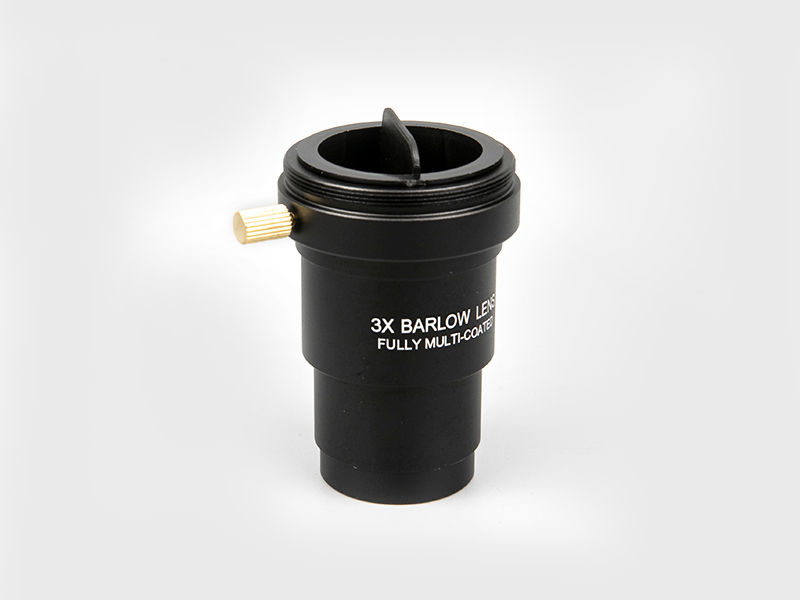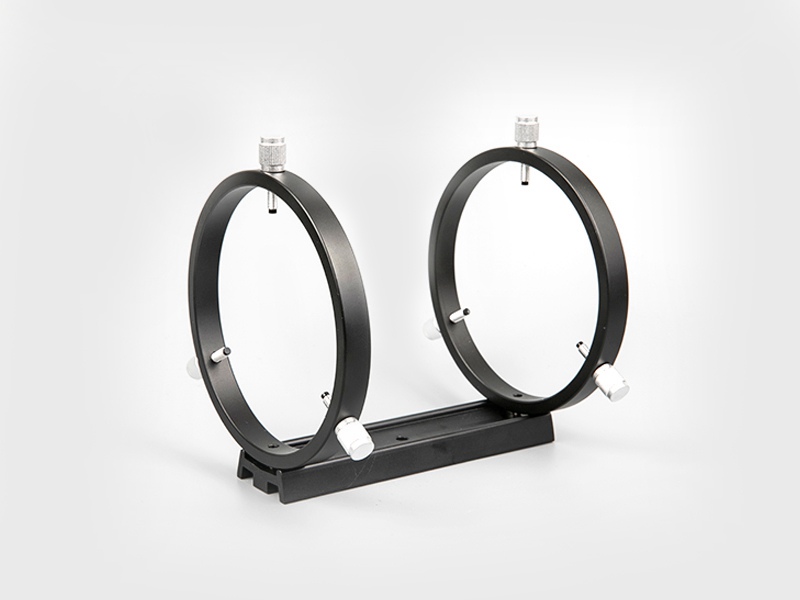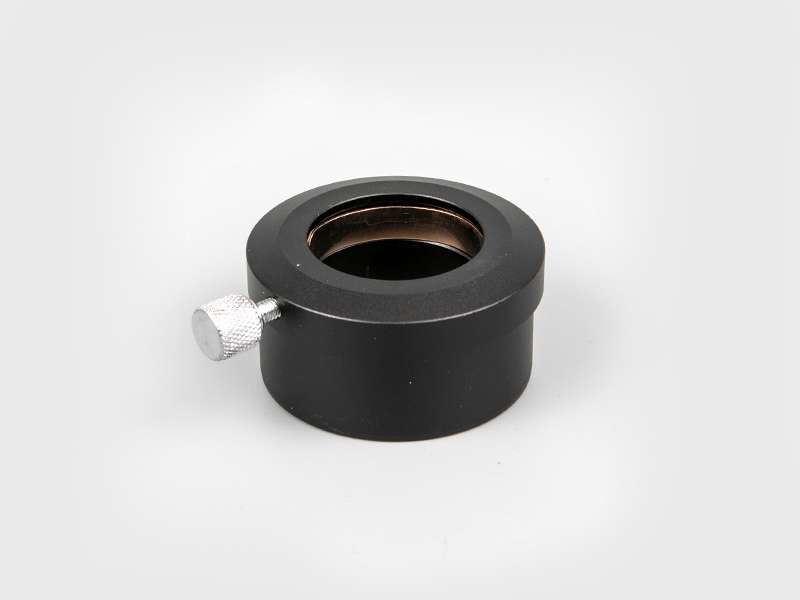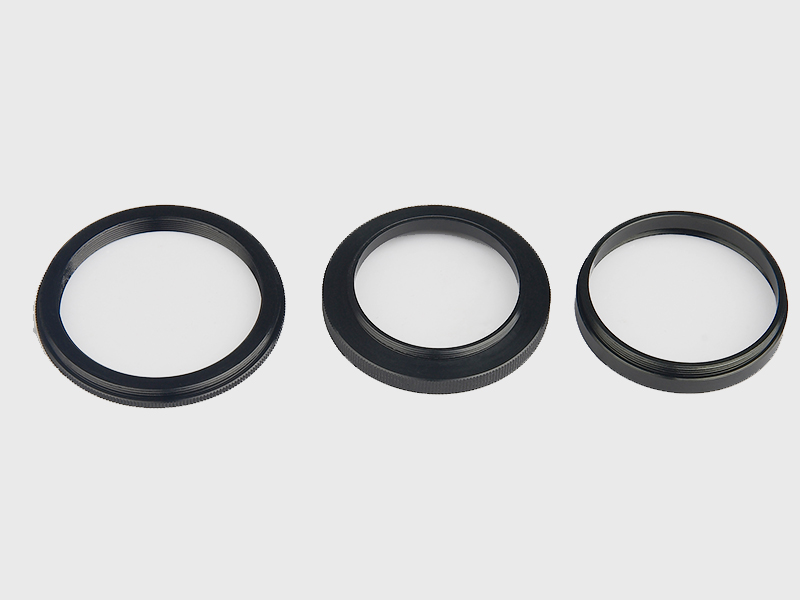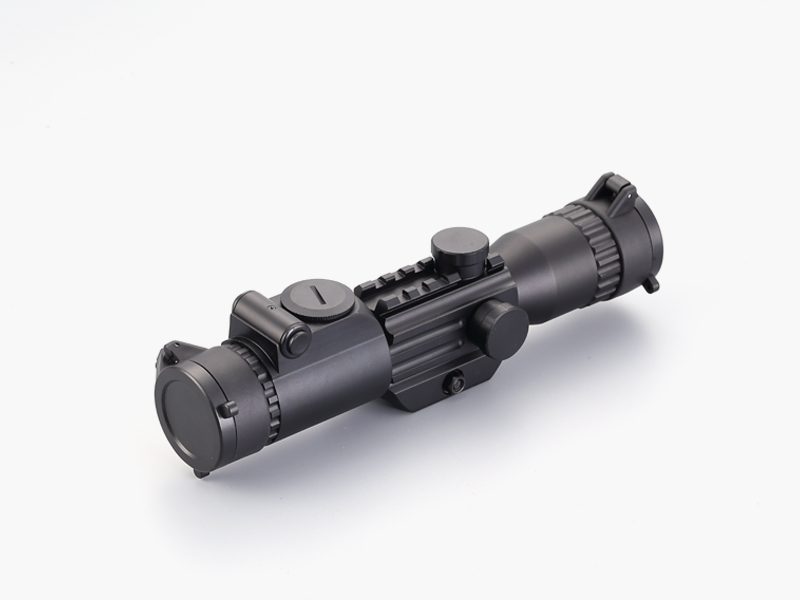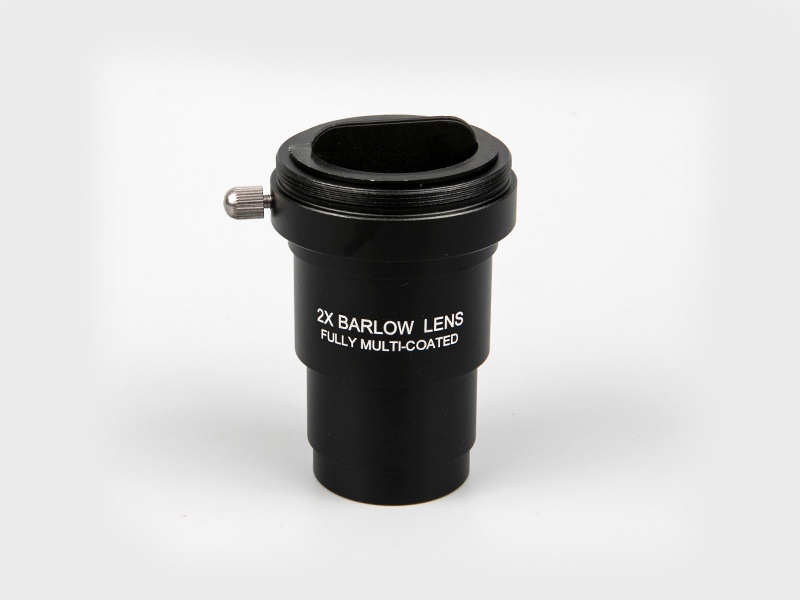Shooting the moon is a perspective method, and a long focal length lens should be used. A telephoto lens is a lens with a farther focal length from the camera. It is divided into ordinary telephoto lens and super telephoto lens. A normal telephoto lens has a focal length close to a standard lens, while a super telephoto lens has a focal length much larger than that of a standard lens. Camera lenses with a focal length between 85mm and 300mm are ordinary telephoto lenses, and those above 300mm are ultra-telephoto lenses, so the astronomical telescope is longer. The longer the focal length, the smaller the viewfinder; the shorter the focal length, the larger the field of view. It's often called a wide-angle lens.
Point-and-shoot cameras are wide-angle lenses. Deep space photography, a hobby falls into this category. It needs to reach a certain magnification to photograph deep space objects. A standard or heavy equator is required. Objects are nebulae, star clusters, galaxies, etc. The astronomical telescope can't be too cheap or it will have chromatic aberration (purple fringing). My astronomical telescope is Yuzhongtianhu 130apo pro, which can be regarded as an intermediate and advanced level for amateur astronomers. The equatorial instruments are Aton cem60, medium and heavy equatorial instruments.
Because deep-sky objects require continuous exposures, ranging from 10 minutes to half an hour, or even an hour to several hours, for a single exposure, the stars don't wobble during the exposure, otherwise they would pull the wire. The best equatorial mount cannot guarantee that the exposure time does not exceed 10 minutes, so it is necessary to use the starlight device (the starlight mirror, the starlight CCD and the starlight software).
Direct focusing with a DSLR (rotating the camera mount directly on the telescope, using the telescope as a camera lens) is possible, but it doesn't work well. Long exposures produce severe noise, and DSLRs have an IR cut filter, which is very inefficient for photographing red nebulae. Therefore, it is necessary to transform the SLR (remove the infrared cut-off filter and increase the cooling device) to reduce the noise.
More professionally, a frozen CCD specially used for astronomy is adopted, which has higher quantum efficiency and lower noise (the lower the temperature, the lower the noise). In addition, bright frame, dark field, flat field, offset field and dark flat field need to be shot for later stacking. Generally, shooting deep sky objects requires several nights of cumulative exposure to get better results. So deep space photography needs money. Photography has been bad for three generations. Astronomy requires technology, time and place. The bar is high.

 English
English 日本語
日本語 Deutsche
Deutsche España
España
